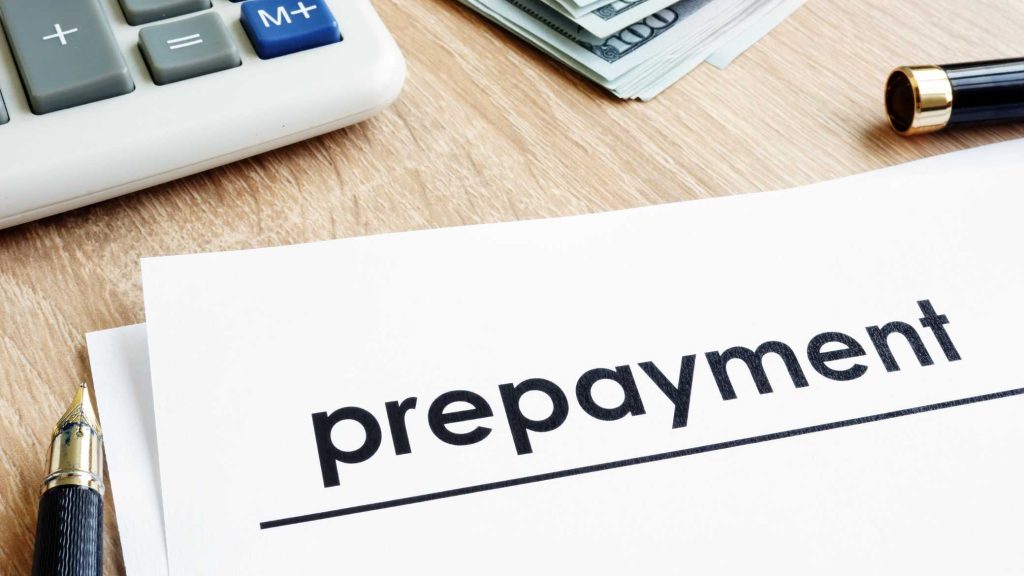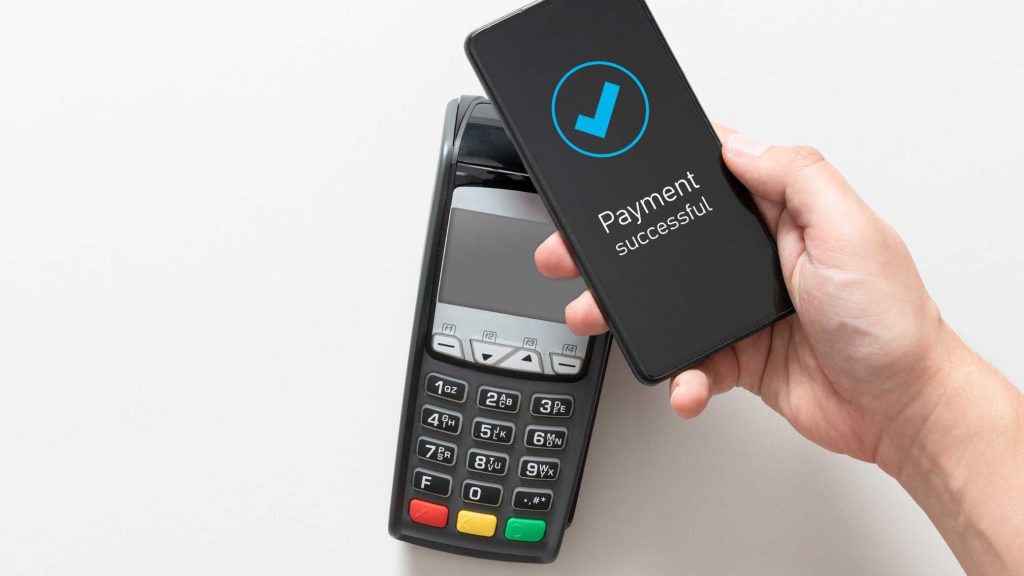Personal Loan Prepayment vs Part-Payment – Which Is Better? : A Comprehensive Guide 2025
Prepayment vs Part-Payment : Personal loans have become one of the most popular financial products in India due to their quick approval, minimal documentation, and flexibility of use. Whether it’s funding a medical emergency, planning a wedding, managing home renovations, or consolidating debts, personal loans serve as a go-to option for many salaried and self-employed individuals. But while taking a personal loan is simple, repaying it smartly is what can truly make a difference in your financial journey.
Table of Contents
This is where terms like prepayment and part-payment come into play. Both strategies allow borrowers to reduce their loan burden faster, save on interest costs, and achieve debt freedom earlier than the original tenure. However, many borrowers often get confused between the two and wonder which option is better suited for their financial situation.
In this comprehensive Guide , we will explore the meaning, benefits, drawbacks, and best practices for personal loan prepayment vs. part-payment. We will also compare both repayment strategies, discuss their impact on interest savings, and guide you on making the right decision.
Understanding the Basics: Prepayment vs. Part-Payment

What Is Personal Loan Prepayment?
Personal loan prepayment means repaying the outstanding loan balance before the end of its tenure. In simple words, instead of sticking to the original EMI schedule, you decide to close your loan early by making a lump sum payment of the remaining principal. For example, if you took a ₹5,00,000 personal loan for 5 years, and after 2 years you decide to repay the remaining ₹3,20,000 in one go, that would be a full prepayment.
What Is Part-Payment in a Personal Loan?
Part-payment, on the other hand, means paying a substantial lump sum amount (but not the full balance) towards your loan principal while continuing with your EMI schedule. For example, if you took the same ₹5,00,000 loan and after 2 years you decide to make a one-time payment of ₹1,00,000 towards your outstanding principal, this would reduce the loan balance and eventually either lower your EMIs or shorten your tenure.
Also Read : Tips for Securing the Best Personal Loan Rates : Comprehensive Guide 2025
Both prepayment and part-payment help in reducing the interest burden, but they work differently. To decide which is better, you need to analyze your income stability, financial goals, and the prepayment terms set by your lender.
Why Do Borrowers Consider Prepayment or Part-Payment?
- Save on Interest Costs: The biggest reason borrowers opt for these options is to save money. Since personal loans generally come with higher interest rates (10% to 24% per annum), prepaying reduces the total interest outgo.
- Reduce Financial Stress: Debt can often feel overwhelming. Prepaying or part-paying provides mental relief and improves financial security.
- Improve Credit Score: Clearing a loan early demonstrates responsible repayment behavior, which can positively impact your credit history.
- Free Up Income: Once your loan is paid off, you can redirect your income towards investments, savings, or other goals.
Pros and Cons of Personal Loan Prepayment

Advantages of Prepayment:
- Massive Interest Savings: By closing the loan early, you cut down on the interest that would have accrued over the remaining years.
- Debt-Free Living: Prepayment brings complete peace of mind, as you no longer owe money to the bank.
- Boosts Financial Freedom: You can use your income for investments, business, or lifestyle improvements.
- Improves Eligibility for Future Loans: Clearing your personal loan early may enhance your eligibility for home loans, car loans, or business loans in the future.
Disadvantages of Prepayment:
- Prepayment Penalties: Some banks and NBFCs charge fees (1–5% of the outstanding loan amount) for prepayment, which may reduce your savings.
- Loss of Liquidity: Using a huge lump sum to close your loan means that your savings or emergency funds might reduce significantly.
- Opportunity Cost: Instead of repaying your loan, the lump sum could have been invested in higher-return instruments (like mutual funds or equities).
Pros and Cons of Part-Payment

Advantages of Part-Payment:
- Flexible Debt Reduction: You don’t need to close the loan completely. You can reduce the burden as per your financial capacity.
- Lower Interest Over Time: By reducing the principal, you automatically reduce the interest you pay on the remaining balance.
- Retains Liquidity: Since you don’t use all your savings, you still maintain some cash reserves for emergencies.
- Option to Reduce EMI or Tenure: Depending on lender rules, part-payment allows you to either lower your EMI (improves cash flow) or shorten your loan tenure (helps close the loan faster).
Disadvantages of Part-Payment:
- Moderate Savings: Unlike full prepayment, the interest savings from part-payment are smaller.
- May Incur Charges: Some lenders also charge part-payment fees, especially if done multiple times in a year.
- Requires Discipline: To make a real impact, part-payments should be done regularly, which requires financial discipline.
Key Differences Between Prepayment and Part-Payment
| Feature | Prepayment | Part-Payment |
|---|---|---|
| Definition | Closing the loan in full before the tenure ends. | Paying a portion of the outstanding principal. |
| Impact on Loan | Loan is closed completely. | Loan tenure or EMI reduces but loan continues. |
| Interest Savings | Maximum savings, as no future interest is charged. | Moderate savings depending on amount and timing. |
| Liquidity | High loss of liquidity (big lump sum needed). | Retains some liquidity (smaller payment compared to full prepayment). |
| Suitability | Ideal for people with high surplus funds. | Ideal for people with occasional cash inflows. |
Which Is Better: Prepayment vs Part-Payment – Prepayment vs Part-Payment ?

The answer depends on your financial condition, future plans, and risk appetite.
- Choose Prepayment If:
- You have received a large bonus, inheritance, or windfall.
- You want to live debt-free as early as possible.
- The prepayment penalty is either very low or waived by your lender.
- Your financial goals don’t require keeping large liquid funds.
- Choose Part-Payment If:
- You want to reduce your debt gradually without exhausting your savings.
- You have periodic extra income (bonuses, incentives, rental income, or side-business profits).
- You prefer financial flexibility instead of completely draining your funds.
Practical Examples
- Example 1 – Prepayment: Raj takes a ₹4,00,000 personal loan at 12% for 5 years. His EMI is about ₹8,900. After 2 years, he decides to prepay the remaining ₹2,75,000. By doing so, he saves almost ₹80,000 in interest that he would have paid over the remaining 3 years.
- Example 2 – Part-Payment: Priya takes a ₹6,00,000 loan for 5 years at 11%. Her EMI is about ₹13,000. After 18 months, she gets a bonus and pays ₹1,00,000 as part-payment. This reduces her principal, and depending on lender policy, her EMI drops to around ₹11,800, or her loan tenure reduces by nearly 10 months.
Buy Now : Beginner to Advanced Option Trading Strategy
Points to Consider Before Making Prepayment or Part-Payment
- Check Lender’s Policy: Some banks don’t allow prepayment or part-payment in the first 12 months. Always read the terms and conditions.
- Look at Penalties: Ensure that prepayment or part-payment fees don’t eat into your interest savings.
- Evaluate Opportunity Cost: If your investments can give higher returns than the loan interest, prepayment may not be the smartest choice.
- Emergency Fund: Never use your emergency savings completely to close a loan. Maintain liquidity for unforeseen expenses.
- Credit Score Impact: While both options improve your score, prepayment shows stronger financial discipline.
- Timing Matters: The earlier you prepay or part-pay, the more you save on interest, since EMIs are front-loaded with interest in the first few years.
Best Practices for Smart Loan Management

- Use loan calculators to compare savings between prepayment and part-payment.
- Try to make extra payments in the first half of the loan tenure, when interest outgo is the highest.
- Negotiate with your lender to waive prepayment charges. Many banks do this for loyal or long-term customers.
- If possible, choose to reduce tenure instead of EMI after a part-payment. This saves more on interest.
- Plan your loan repayment strategy along with your investment goals to strike the right balance.
Conclusion
When it comes to personal loan prepayment vs. part-payment, the right choice depends entirely on your financial situation, loan terms, and long-term money goals. Prepayment can help you become debt-free faster and save significantly on interest, while part-payment offers flexibility and helps you reduce EMI burden without straining your budget. Both strategies are effective, but the smarter move is to align them with your income stability, future plans, and financial discipline. The key is to carefully assess your lender’s charges, your repayment capacity, and the impact on your overall financial health before making a decision.
⚠️Disclaimer
This article is for educational purposes only and should not be considered as professional financial advice. Loan terms, interest rates, and prepayment charges may vary by bank or lender. Please consult your financial advisor or loan provider before making any financial decisions regarding loan repayment.
Keywords : Prepayment vs Part-Payment – Prepayment vs Part-Payment ?



